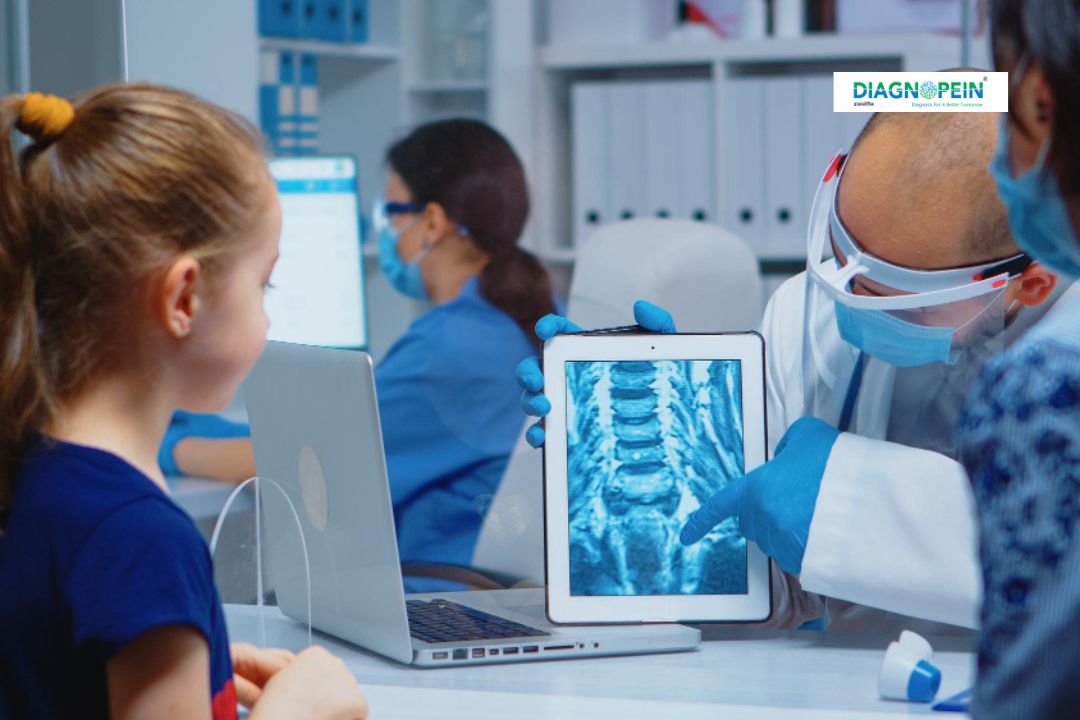Why INDUSTRIAL X-RAY 3 is Important
Industrial X-RAY 3 is essential for maintaining the structural integrity and performance of critical components used in heavy industries. Unseen internal defects can lead to premature equipment failure, product recalls, or safety incidents. Through Industrial X-RAY 3 testing, manufacturers and quality control teams can detect internal flaws early, improving production processes and compliance with international standards such as ASTM, ISO, ASME, and EN.
This testing also supports preventive maintenance, reducing costly downtime and ensuring that industrial assets operate safely and efficiently. By identifying defects without dismantling or destroying components, Industrial X-RAY 3 enhances operational sustainability and reduces waste, aligning with modern quality assurance principles.
Benefits of INDUSTRIAL X-RAY 3
-
Detects hidden defects and material discontinuities with high accuracy.
-
Provides clear digital imaging for accurate defect interpretation and documentation.
-
Enables quick decision-making in production and maintenance workflows.
-
Suitable for wide material types including composites, steel, aluminum, and plastics.
-
Complies with global testing standards and industry regulations.
-
Minimizes material waste and reduces inspection costs over time.
-
Offers reliable data for failure analysis, R&D, and reverse engineering.
Whether it’s weld inspection, turbine blade analysis, or pipeline integrity assessment, Industrial X-RAY 3 delivers dependable results that help companies maintain consistent quality and customer confidence.
How INDUSTRIAL X-RAY 3 Testing is Done
At Diagnopein, the Industrial X-RAY 3 testing process follows a structured approach to ensure accuracy and safety:
-
Component Preparation – The test specimen is cleaned and positioned correctly to ensure optimal X-ray penetration.
-
Radiographic Exposure – High-voltage X-rays pass through the component; sensors or films capture the transmitted image.
-
Image Processing – The captured data is digitally analyzed using advanced imaging software to identify internal anomalies.
-
Defect Evaluation – Trained radiographers interpret the results in accordance with relevant standards and prepare detailed inspection reports.
-
Final Documentation – Comprehensive results with defect mapping, grading, and recommendations are shared with clients.
Safety measures are strictly followed to prevent radiation exposure, ensuring both operator protection and equipment efficiency.
Key Testing Parameters
-
X-ray energy range: 40–450 kV
-
Penetration capacity: Up to 200 mm for steel (depending on density)
-
Resolution: Up to 2 microns for fine defect analysis
-
Exposure time: Variable based on material type and thickness
-
Image density and contrast: Optimized automatically via AI analytics
-
Standards referenced: ASTM E1030, ISO 17636, ASME Section V
Industrial X-RAY 3 at Diagnopein is driven by digital precision, automation, and certified experts who ensure each inspection meets the highest international quality benchmarks.








